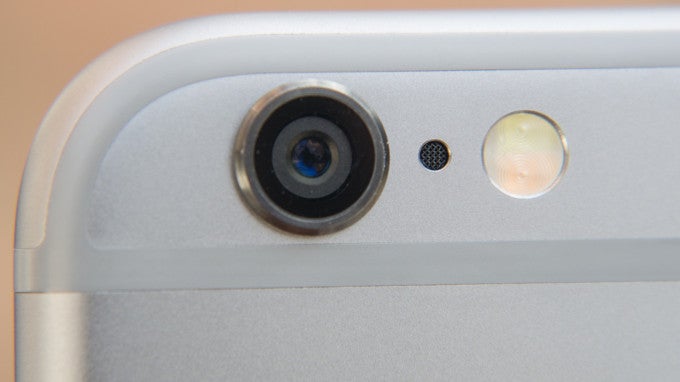Shooting Time Lapses on your new iPhone 6 and 6 Plus, and what you need to know about them

Say you shoot a 10 minute time-lapse -- the camera will shoot 2 frames every second and then combine them. The playback speed will be 15 times the actual speed. Clips between 10 and 20 minutes will have 1 frame for every second captured, and playback speed will be double -- 30x. For clips from 20 to 40 minutes, your iPhone will snap 1 frame every 2 seconds, and play the footage back at 60 times the normal speed. And so on, and so forth. In other words, every doubling of the capture length beyond 10 minutes means twice less frames shot per second, condensed over twice the speed.
We shot two samples for you to check out. As long as you have a scene you want to create a time lapse from, getting it done on iPhones with iOS 8 is a child's play, and that's great.
reference: Studio Neat
Follow us on Google News


![Some T-Mobile users might be paying more starting in March [UPDATED]](https://m-cdn.phonearena.com/images/article/176781-wide-two_350/Some-T-Mobile-users-might-be-paying-more-starting-in-March-UPDATED.webp)











Things that are NOT allowed:
To help keep our community safe and free from spam, we apply temporary limits to newly created accounts: